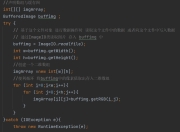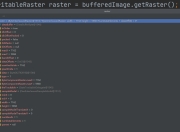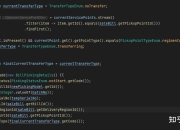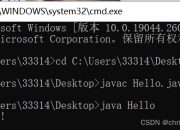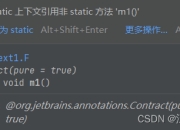在编程世界中,数据结构和算法是构建高效程序的基石。作为一门广泛使用的编程语言,Java提供了强大的工具集来实现各种数据结构和算法。本文将深入探讨如何使用Java实现常见的数据结构和算法,帮助开发者提升编程能力和面试竞争力。
一、数据结构实现篇
1. 数组(Array)的实现
数组是最基础的数据结构,Java中数组是定长的,但我们可以通过以下方式实现动态数组:

public class DynamicArray<T> {
private Object[] array;
private int size;
private static final int DEFAULT_CAPACITY = 10;
public DynamicArray() {
this.array = new Object[DEFAULT_CAPACITY];
this.size = 0;
}
// 添加元素方法
public void add(T element) {
ensureCapacity();
array[size++] = element;
}
// 扩容方法
private void ensureCapacity() {
if(size == array.length) {
int newCapacity = array.length * 2;
array = Arrays.copyOf(array, newCapacity);
}
}
// 其他方法...
}
2. 链表(LinkedList)的实现
链表是另一种基础数据结构,下面是单向链表的Java实现:
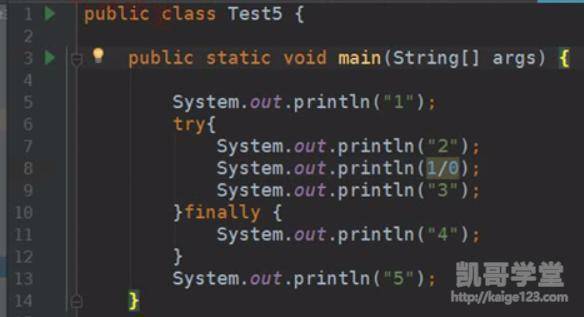
public class SinglyLinkedList<T> {
private static class Node<T> {
T data;
Node<T> next;
Node(T data) {
this.data = data;
this.next = null;
}
}
private Node<T> head;
private int size;
// 添加节点到链表尾部
public void add(T data) {
Node<T> newNode = new Node<>(data);
if(head == null) {
head = newNode;
} else {
Node<T> current = head;
while(current.next != null) {
current = current.next;
}
current.next = newNode;
}
size++;
}
// 其他方法...
}
二、算法实现篇
1. 排序算法实现
快速排序(Quick Sort)的Java实现
public class QuickSort {
public static void sort(int[] arr) {
quickSort(arr, 0, arr.length - 1);
}
private static void quickSort(int[] arr, int low, int high) {
if(low < high) {
int pivotIndex = partition(arr, low, high);
quickSort(arr, low, pivotIndex - 1);
quickSort(arr, pivotIndex + 1, high);
}
}
private static int partition(int[] arr, int low, int high) {
int pivot = arr[high];
int i = low - 1;
for(int j = low; j < high; j++) {
if(arr[j] < pivot) {
i++;
swap(arr, i, j);
}
}
swap(arr, i + 1, high);
return i + 1;
}
private static void swap(int[] arr, int i, int j) {
int temp = arr[i];
arr[i] = arr[j];
arr[j] = temp;
}
}
2. 搜索算法实现
二分查找(Binary Search)的Java实现
public class BinarySearch {
public static int search(int[] sortedArray, int target) {
int left = 0;
int right = sortedArray.length - 1;
while(left <= right) {
int mid = left + (right - left) / 2;
if(sortedArray[mid] == target) {
return mid;
} else if(sortedArray[mid] < target) {
left = mid + 1;
} else {
right = mid - 1;
}
}
return -1; // 未找到
}
}
三、高级数据结构实现
1. 哈希表(HashMap)的实现
public class MyHashMap<K, V> {
private static final int DEFAULT_CAPACITY = 16;
private static final float LOAD_FACTOR = 0.75f;
private Entry<K, V>[] table;
private int size;
static class Entry<K, V> {
final K key;
V value;
Entry<K, V> next;
Entry(K key, V value, Entry<K, V> next) {
this.key = key;
this.value = value;
this.next = next;
}
}
public MyHashMap() {
table = new Entry[DEFAULT_CAPACITY];
size = 0;
}
public V put(K key, V value) {
// 实现put逻辑
// ...
}
public V get(K key) {
// 实现get逻辑
// ...
}
// 其他方法...
}
2. 二叉搜索树(BST)的实现
public class BinarySearchTree<T extends Comparable<T>> {
private static class Node<T> {
T data;
Node<T> left;
Node<T> right;
Node(T data) {
this.data = data;
}
}
private Node<T> root;
public void insert(T data) {
root = insert(root, data);
}
private Node<T> insert(Node<T> node, T data) {
if(node == null) {
return new Node<>(data);
}
int cmp = data.compareTo(node.data);
if(cmp < 0) {
node.left = insert(node.left, data);
} else if(cmp > 0) {
node.right = insert(node.right, data);
}
return node;
}
// 其他方法...
}
四、性能优化与最佳实践
- 时间复杂度分析:
- 数组访问:O(1)
- 链表插入/删除:O(1)(已知位置)
- 哈希表操作:平均O(1),最坏O(n)
-
二叉搜索树操作:平均O(log n),最坏O(n)
-
空间复杂度考虑:
- 递归算法要注意栈溢出问题
-
合理预估数据规模选择数据结构
-
Java集合框架对比:

- ArrayList vs LinkedList
- HashMap vs TreeMap
- HashSet vs TreeSet
五、实际应用场景
- LRU缓存实现:结合哈希表和双向链表
- 图算法应用:社交网络关系分析
- 字符串匹配:KMP算法实现
- 大数据处理:外排序算法
版权声明
本文仅代表作者观点,不代表百度立场。
本文系作者授权百度百家发表,未经许可,不得转载。


